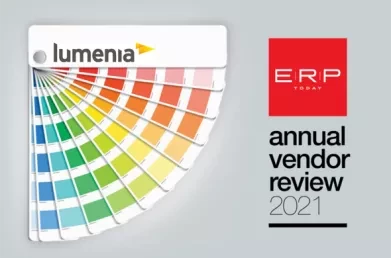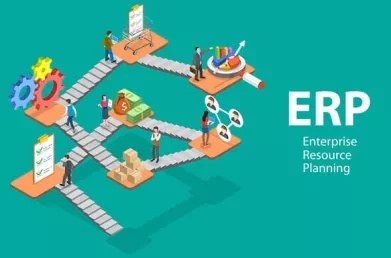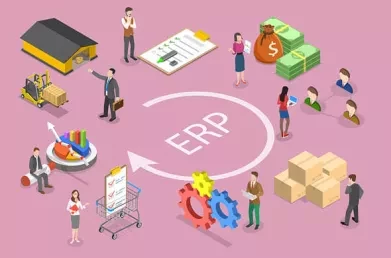HR Business Process Automation for 2021
If 2020 brought the “WFH” (work from home) acronym to the masses and made it socially acceptable for pets to join work Zoom calls, I predict 2021 will see a re-calibration of HR business processes with more automation. I think of this as an application of Tuckman’s theory - in 2020, organisations “stormed” to change their HR policies and quickly deploy online collaboration tools.
Focus during 2021 will be to “normalise” the situation and then re-engineer business processes and deploy more substantial technology and process automation to deliver on those same policies. This goes further than Zoom, Microsoft Teams or SharePoint, so I will explore how HR business processes are likely to change, and what technology might be deployed to move the dial from “norming” to “performing”.
What is happening right now?
Feature rich talent acquisition, HR service management, and performance management tools are already used extensively by large organisations, usually as a module of ERP (e.g., Workday or SAP SuccessFactors) or a best of breed solution (e.g., CoreHR). The mid-market is well served, and SaaS (software as a service) subscription models have lowered barriers to entry for mid-sized enterprises. However, smaller organisations still tend to manage HR wholly or partly outside ERP, often using one or more SaaS plug-ins and a dash of Excel. Nothing wrong with that - until now, as more and more of what we do is getting pushed online.

Why is this relevant to HR leaders?
Performing repetitive, resource-intensive, or transactional, service type activities at a time when valuable HR expertise should be deployed elsewhere is not best use of HR resource. These same transactional process activities drive hygiene factors i.e., when a process is frictionless, it goes unnoticed, but when it requires effort or gets stuck, it becomes a source of employee demotivation. Until 2020, HR teams could manage these processes effectively from the same office, but now they too are working remotely, managing processes not designed for such. Notwithstanding the other challenges faced by HR leaders, process automation is a driver of employee cost to serve and employee engagement, both of which are important key performance indicators for HR.
What HR processes are we talking about?
Assuming an organisation’s HR strategy remains unchanged, these are the day-to-day transactional processes that if optimised for a remote, distributed workforce, will deliver business benefits, and be appreciated by employees. To identify them in more detail, I suggest segmenting the end-to-end HR process into categories, to arrive with a list like the one below. Further segmentation and prioritisation should be then performed as appropriate:
- Recruitment (incl: relationship management, data capture, document management)
- Onboarding (incl: contracts; induction, payroll setup, asset provisioning, training).
- Managing absence (incl: data capture e.g., upload of medical certificates).
- Managing Learning, Development and Training
- Managing HR service Requests (incl: capture of/changes to employee master data)
- Managing workflow (incl: requests, approvals, interested parties)
Then, identify process activities which may be impacted by remote working. For example, onboarding processes such as pre-employment medicals, that previously may have been managed offline, may now need to be managed remotely. Once identified, determine what processes need re-engineering, removal, or replacement.
How might our functional requirements have changed?
Functional requirements (i.e., the tasks a piece of software absolutely needs to perform) previously considered “nice to have” or unaffordable at the time, may now become key business requirements. On the software supply side, the news is positive - tier II and tier III vendors are constantly adding features that were once the preserve of the top tier I products, thus making this functionality more affordable. Deployment has become easier too - SaaS subscription models allow customers to always be on the latest update. The following are examples of how functional requirements have evolved:
- The functionality to manage relationships with employees and candidates across desktop, mobile and social channels can no longer be considered a “nice to have”. Activities once performed face to face like induction, training, learning and employee development have already moved online. Associated activities such as data capture, document upload, requests, and approvals are now widely available on smartphone apps that use workflow and OCR (optical character recognition).
- When using a HR application, employee expectations mirror that of customers who are presented with the same positive UX (user experience) across online, mobile, and in-store channels. This enables them to start a transaction in one channel and complete it elsewhere (like they can do with click and collect shopping). Employees become irritated if required to submit information or a request more than once and expect the answer to their query to be immediately retrievable on a different channel to the one they submitted it on. Therefore, when selecting a technology vendor, consider omni-channel UX together with self-service functionality and if possible, extend this to travel booking and expense management.
- AI (use of chatbots) has become more available and affordable and is particularly useful for managing HR service queries. OCR (optical character recognition) and RPA (robotic process automation) technology that first became prevalent in accounts payable automation (reading and matching invoices), is also widely used in HR processes e.g., managing changes to compensation and benefits following promotion.
How can the functionality gap be bridged?
Firstly, start by re-engineering existing processes and workflow, incorporating good practice and UX design principles, thus avoiding the expense and risk of changing or upgrading the existing HR solution. If appropriate, consider a HR SaaS application to automate the most pressing need quickly, or perhaps a solution that can be deployed across multiple processes e.g., HR, finance, Procure to Pay. Examples include RPA, document management, optical character recognition and workflow. Given the cost and effort involved, selecting, and implementing a new HR solution or ERP is the last option and should only be considered if there is a business case.
What are the risks?
This is by no means a complete list of risks, but if a software change or upgrade is unavoidable, consider how the proposed solution integrates to core ERP and how master data used by the new HR solution will be managed. It is important to note that employee Master Data can be shared between HR and other business processes such as finance cost accounting, job costing, project resource planning and project accounting. Generally, Master Data resides in core ERP but there can be exceptions, and good practice is to only have one version of the truth.
Finally, whilst it may appear that HR has a standalone business case for deploying tech, pause to consider whether pursuing such will cause the HR digital strategy to diverge from the organisation’s overall digital strategy, and what business benefits will be derived for the organisation as a whole.
This blog was written by Eoin Fanning, Principal Consultant at Lumenia Consulting. For further information please send an email to Eoin Fanning.


